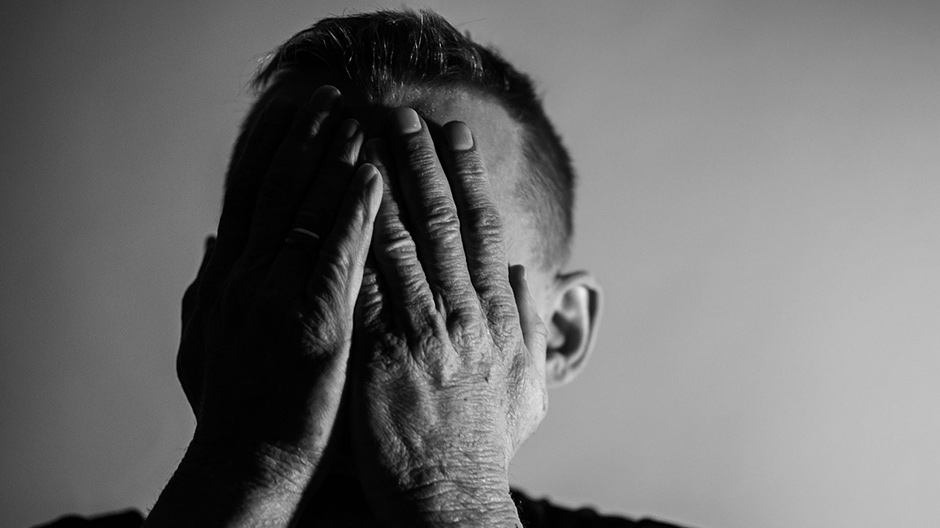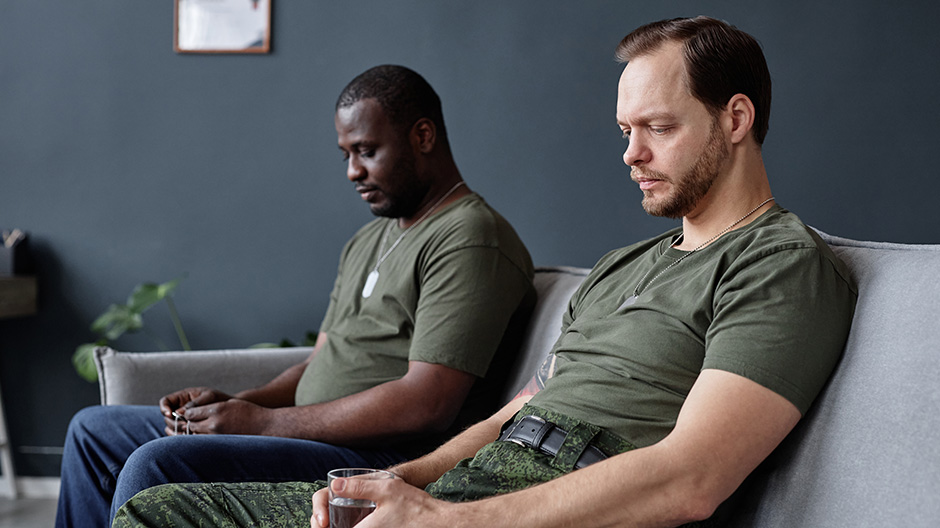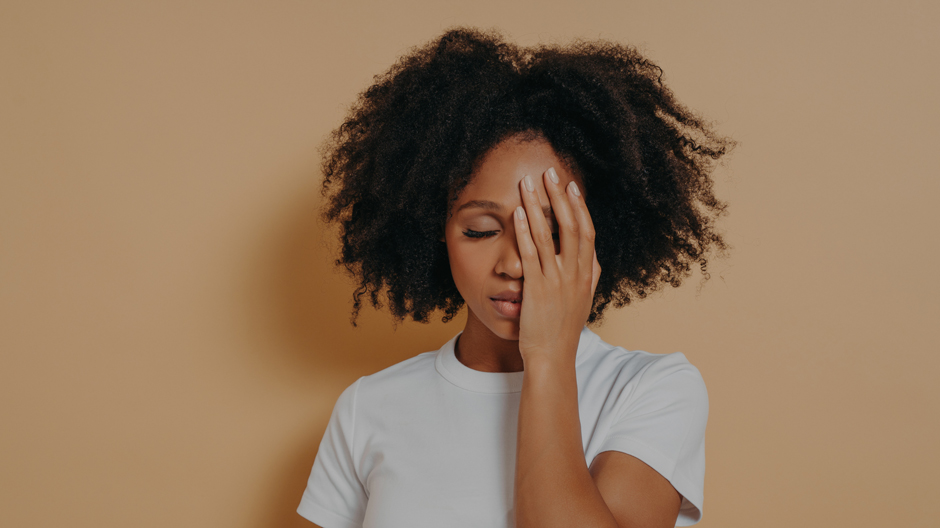By Dr. Sweta Venkataramanan
Occasional anxiety is a part of life. You may worry about a job interview or feel anxious walking down a dark street at night, but for approximately 31.1% of Americans, these anxieties don’t simply go away. They get worse over time and interfere with daily functioning. In the past year, 19.1% of adults were diagnosed with an anxiety disorder.
People who are vulnerable to excessive anxiety will experience many panic attacks during the course of their lives, but almost everyone will experience panic symptoms at least once in their lives. Though panic symptoms may be inevitable, there are skills that can be utilized to reduce the intensity and duration of the anxiety. Continue reading to learn more about panic attacks and ways to de-escalate the crisis.
What is a panic attack?
Before learning ways to cope with a panic attack, you must first be able to identify it. Panic attacks often begin suddenly and without warning. They can occur occasionally or frequently. You might experience dizziness, trembling, shortness of breath, pressure on your chest, numbness, or hot and cold flashes. It is also possible you may feel like your throat is closing, you have a knot in your stomach, your heart is pounding, and you have an inability to calm yourself down. The fear and terror you experience during a panic attack is not in proportion to the situation and often unrelated to what is going on around you. These attacks can often last for ten minutes or longer. One of the most common fear after a panic attack is the fear that you will have another one without warning. While the anxiety may be unstoppable, the amount of time it takes for you to work through your panic can be reduced.
3 Techniques to Reduce Panic Symptoms
The first technique is called 4-7-8 breathing, and it has five easy steps.
- Place the tip of your tongue on the roof of your mouth, as close to your front teeth as possible.
- Taking four seconds, breathe in through your nose.
- Hold your breath for seven seconds.
- Release your breath slowly, taking eight seconds to do so.
- Without a break, breathe in again for 4, hold for 7, and release for 8.
- Repeat this breathing 4 times in a row.
- Dr. Andrew Weil has a great demonstration video on youtube.
The second technique reduces anxiety through grounding.
The basic principle is to ground yourself in the present moment. First search for five things you can see around you. Now look for four things you can touch. Listen for three things you can hear. Next, find two things you can smell. Lastly, acknowledge one thing you can taste. By activating all your senses, you can get out of your head and stop your thoughts from overwhelming you.
The third technique is to write things down. Writing down your thoughts can be a way to organize them – understand what to pay attention to and what to ignore and develop a strategy. Research also suggests that writing down your negative thoughts and worries and throwing the paper away can make it feel easier to alleviate the anxiety. The physical action of discarding your worries makes it easier to do so mentally as well.
For additional support for outsmarting anxiety, we’re here. Contact us today. If our clinicians are not the right fit for you, we can help refer you to someone that will be.







